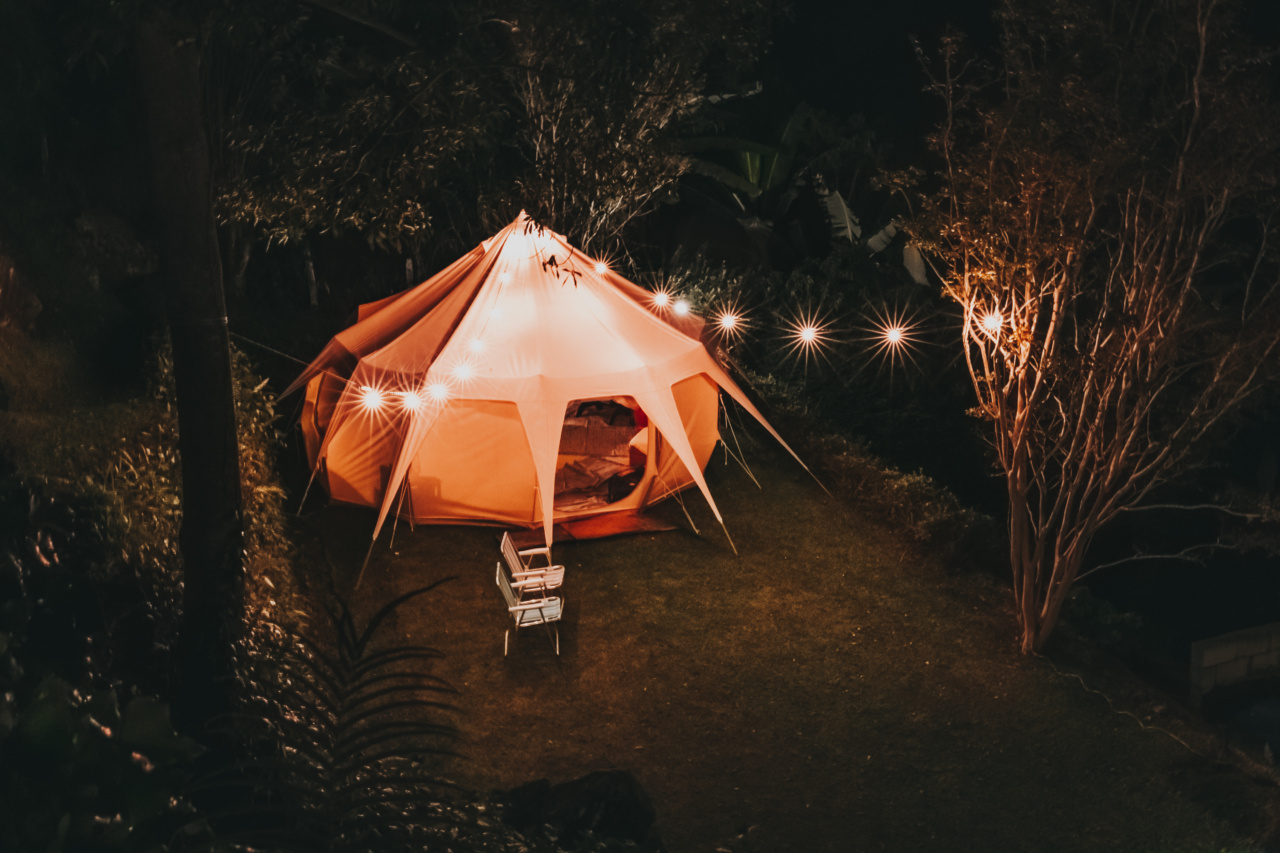Nighttime lighting is becoming more common around the world and has started to raise concerns about the dangers of exposure to excessive light at night.
A recent study has shown that exposure to artificial lighting at night can result in an increased risk of cancer.
The Study
The study, conducted by the National Institute of Environmental Health Sciences (NIEHS), found that rats exposed to dim light at night developed more tumors than those kept in complete darkness.
The study noted that it is the duration of exposure to light that is more important than the brightness. Exposure to dim light at night for eight hours a day, for example, increased the risk of breast cancer in rats.
The study identifies the hormone Melatonin as a key regulator that is suppressed by exposure to light at night, resulting in an upregulation of estrogen signaling associated with tumor growth.
Expert Recommendations
Experts agree that exposure to nighttime light must be reduced, but how to achieve that in today’s world remains a challenge.
A reduction in exposure to nighttime lighting is especially important for individuals who are considered at higher risk for cancer such as night shift workers, individuals with a family history of cancer, and high-risk populations. To better protect the public, here are the expert’s recommendations:.
1. Use blackout curtains:
Blackout curtains can go a long way in reducing the amount of artificial light in a bedroom at night. When curtains are closed, less light enters the room and increases the likelihood of sleep.
Turning off all electronic devices at night, including phones, tablets, and other gadgetry is also a useful approach.
2. Turn down the brightness:
It’s important to consider the impact of the brightness of outdoor lighting and its effect on a home’s interior.
Homeowners should choose high-quality outdoor lighting fixtures that provide a balance between safety and aesthetic appeal without emitting too much light to the interior of their home. The research has shown that, in general, the brighter and more blue-rich the light source is, the higher the melatonin suppression and the greater the biological impact will be.
3. Use “warm” light bulbs:
Choosing “warm” light bulbs for nighttime use has been shown to reduce the risk of melatonin suppression. The “warmer” the color temperature of the bulbs, the more beneficial they are for sleep.
Try using incandescent bulbs or dimmer switches that can reduce the amount of light in a room.
4. Limit screen time:
Exposure to light-emitting screens, especially in the evening, can interfere with a person’s natural sleep-wake cycle. Individuals should limit their screen time before bed to reduce the risk of sleep disruption and melatonin suppression.
Blackout curtains and shades will also help to reduce the amount of light in the room when electronic devices are in use.
5. Advocate for change:
Individuals that are concerned about the health implications of excessive light exposure should be advocating for changes in lighting policies.
Governments should consider policies that provide more stringent limits on outdoor lighting, particularly in areas near homes. There should also be more focus on designing lighting systems that minimize the amount of light emitted into the sky while maximizing safety and comfort for residents.
Conclusion
Exposure to light at night could potentially cause cancer and interfere with our natural sleep cycle. There are some experts-recommended adjustments that we can make in order to mitigate the risks.
Blackout curtains, limited screen time, warmer light bulbs, and advocacy for better lighting policies can all go a long way in reducing the risks of nighttime light exposure.






























